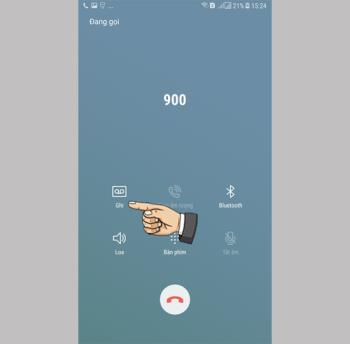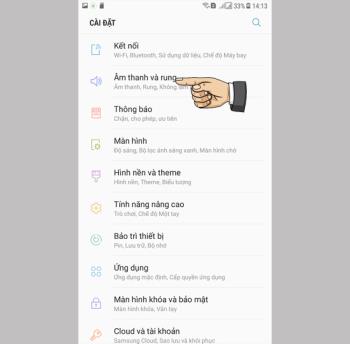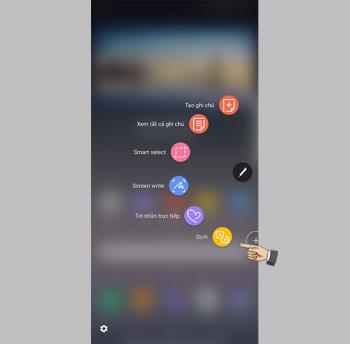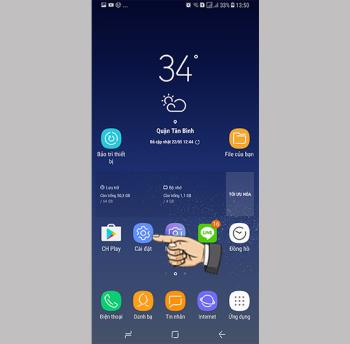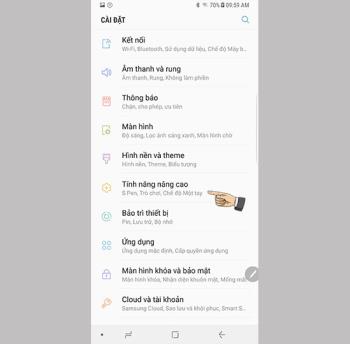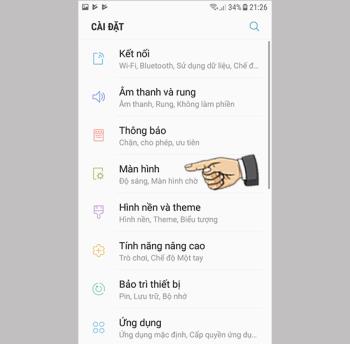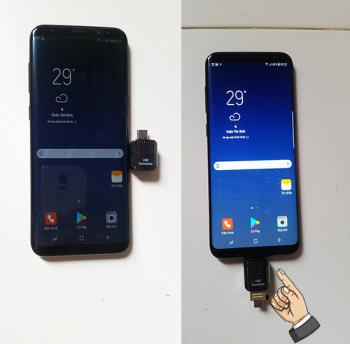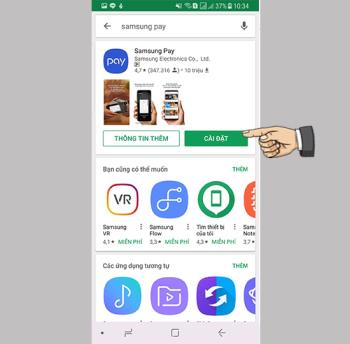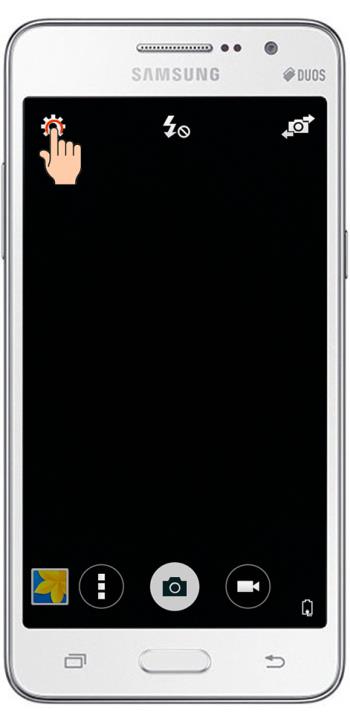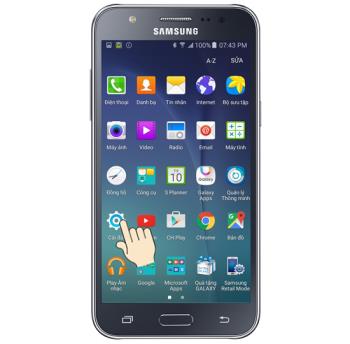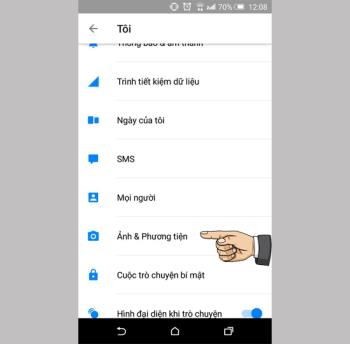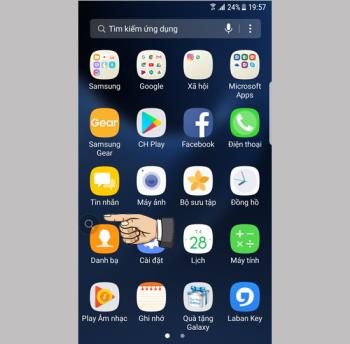Change Motion Wallpaper on Samsung Galaxy S8
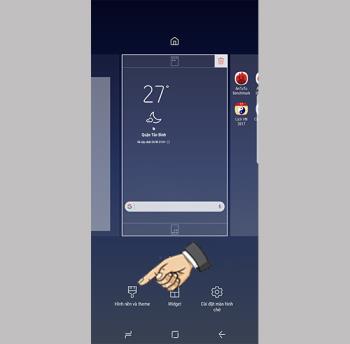
The feature allows the lock screen wallpaper to change to different effects when you tilt your phone in different directions.
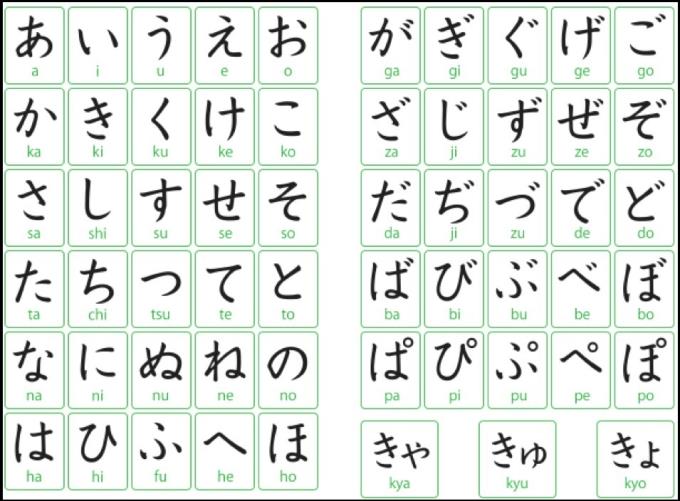
Hiragana is a traditional Japanese phonetic script that is part of the Japanese writing system. Learning the Hiragana Japanese alphabet will lay a solid foundation for your Japanese learning process.
The Hiragana alphabet is made up of curving and soft lines, so there is another way to call it the soft alphabet. The basic Hiragana alphabet consists of 46 letters divided into 5 rows: a (あ), i (い), u (う), e (え), o (お).
You pay attention when learning the Japanese alphabet, we not only remember and memorize the writing style, but you also have to learn the correct pronunciation of each letter because the pronunciation of each Japanese word is the pronunciation of each letter. into that word.
There are a few basic rules for learning Hiragana alphabet effectively in our method that you need to keep in mind:
Hiragana has 46 main letters, 25 words on the chisel chord and 33 words in the compound soundboard. This is a script belonging to the traditional Japanese language system.
The strokes that make up Hiragana are quite soft, many curves, hook strokes, when writing, it is necessary to pay attention to the smallest details.
Most Japanese adverbs are written in Hiragana.
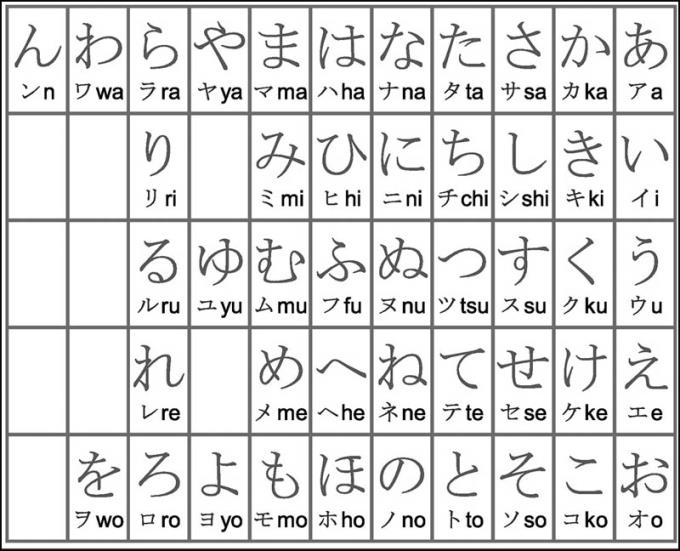
Hiragana is a hieroglyph, so relying on highly related images to learn the alphabet will help you remember faster and longer.
Each Hiragana letter will represent a certain image, you can define yourself according to your preferences.
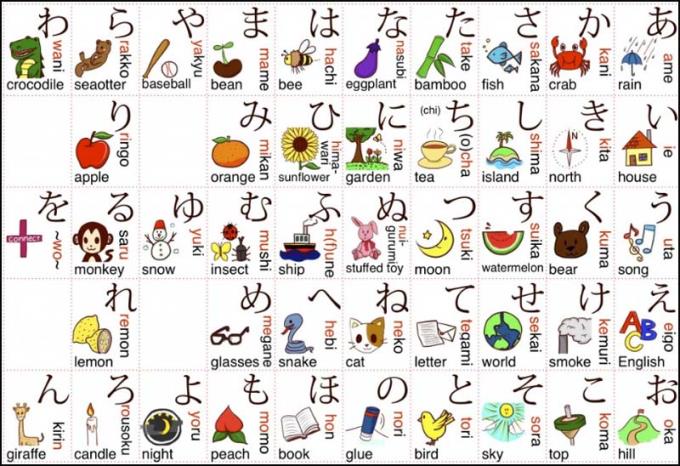
Most Japanese pronunciation is similar to Vietnamese, Hiragana board is divided by 5 rows with pronunciation: あ, い, う, え, お.
あ - a: Pronounced like Vietnamese letter a, like ca.
い - i: Pronounced like the Vietnamese letter i, like branch.
う - u: Written as u but pronounced the same letter u (more precisely, the space between these two words).
え - e: Pronounced e, but pronounced like ê.
お - o: Phonetic as o but pronounced like a crossword.
The rest of the rows rely on the above principle to match the consonant before. For example: ka, ki, ku, ke, ko - sa, shi, su, se, so - ma, mi, mu, me, mo, ...
The words し (shi) and つ (tsu) have a more special pronunciation, you should note:
し: Standard pronunciation requires two teeth to close and gasp.
つ: The correct pronunciation needs to close the two teeth, bring the tongue to the upper jaw and pop out.
2.4 Principles of writing practice
The correct way to write when learning the Hiragana alphabet is to write in the order the strokes are instructed, not to write by yourself according to your own habits. Usually strokes will be written from left to right, top to bottom, from horizontal to vertical.
Pay attention to confusing words: 「あ」 and 「お」; 「い」 and 「り」; 「き」 and 「さ」; 「ぬ」 and 「め」; 「ね」 「れ」 and 「わ」.
Practice writing a lot until you remember the typeface clearly and can write fluently. During the writing practice you can write along with simple examples to make it easier to remember.
The basic Hiragana alphabet consists of 47 letters divided into 5 rows: a, i, u, e, o. Note that not only remember and memorize the writing style, you also have to learn the correct pronunciation of each letter because the pronunciation of each Japanese word is the pronunciation of each letter that incorporates that word.
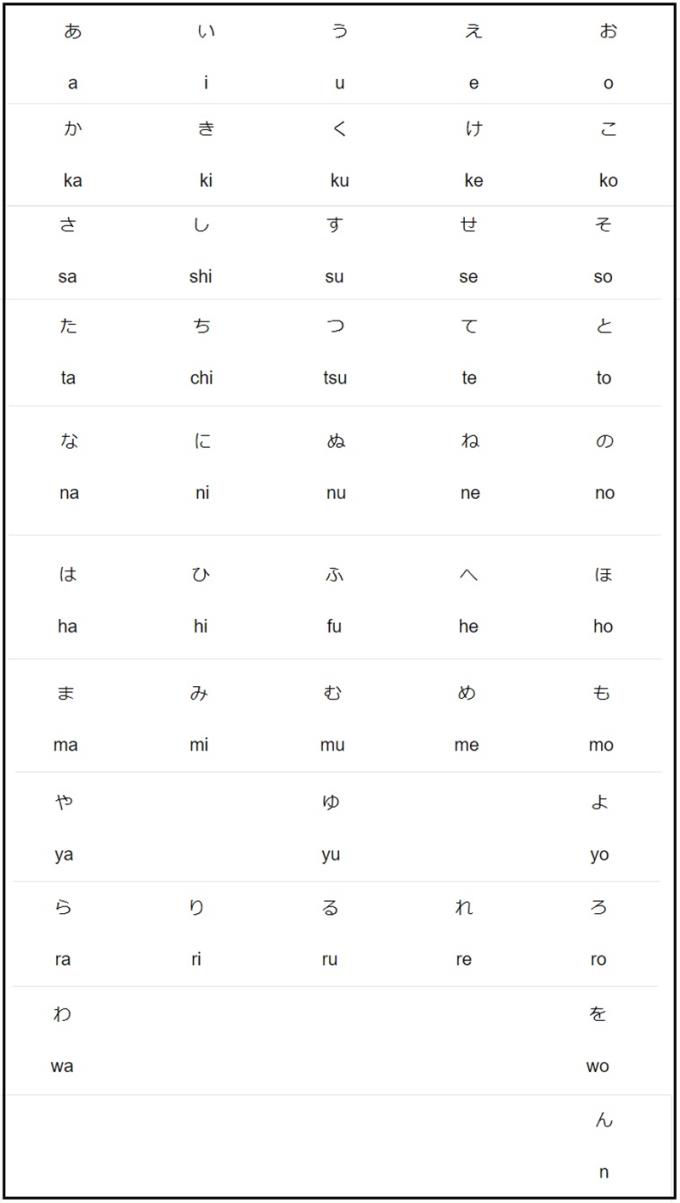
- Row あ, transcribed as a is read "a" like in Vietnamese.
- Hàng い, transcribed as i pronounced "i", is similar to Vietnamese.
- Row う, transcribed as u but the reading is "huh", more precisely lies in the middle of "u" and "ư".
- Row え, transcribed as e, but you read "ê".
- Row お, transcribed as o, but the reading is "ô".
After you have understood the pronunciation of the First Row, you can apply to read the next rows in the Hiragana table by adding the first letter in front. For example, the second line of the Hiragana alphabet か き く け こ will read "ka" "ki" "ku" "ke" "ko".
Some words that are pronounced more special than the usual pronunciation in the row include :
- Row さ is transcribed as "s", when read it will be a little lighter like the word "xa" in Vietnamese. As for the word し which translates to "sh", you should pay attention to close your teeth and let out the word "shi".
- The line た is transcribed as "t", the word ち reads "chi", the word つ reads "tsu". When reading the teeth closed, then push the tongue to touch the upper jaw and let out "tsu".
- The line は is transcribed as "h", but the word ふ will read "fu".
- For わ, the word わ reads "wa", while the word を reads "o" like the word お.
- The letter ん when standing in separate place is transcribed as "un" - need to tighten the lips and read like a silent sound, usually this sound is placed at the end of the other sounds to create a "n" sound. For example, the word た ん reads "tan", the word ま ん reads "man".
We will learn Hiragana alphabet horizontally with the following steps:
- Step 1: Memorize the word surface
Think of the shapes of letters into things around you to make them easier to remember.
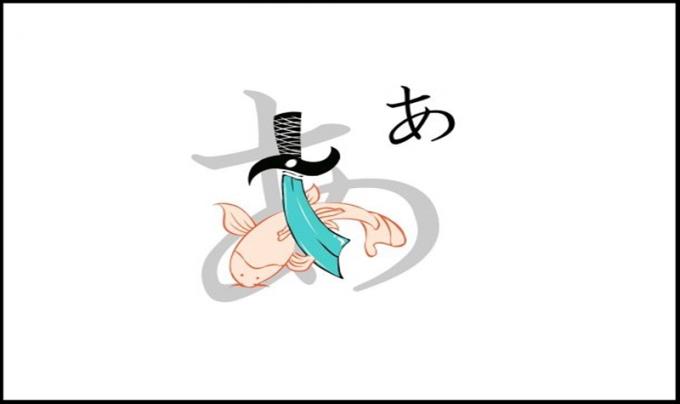
The letter あ (a) looks like a sword stabbed into a fish

The letter い (i) we see its 2 features that look like 2 worms
- Step 2: Combine both looking at the letters, listening to the audio pronunciation of the words and parody
Listen and repeat as many times until you sound exactly like the audio.
- Step 3: Point your finger at the letter and read it out loud yourself
Along with checking if you have memorized the correct way to read letters, it is necessary to check whether your pronunciation is correct. The easiest way is to record the reading yourself and compare it with the audio.
- Step 4: Practice writing each letter in the correct stroke order
Write over and over again to get the text to imprint on your mind.
- Step 5: Review regularly with Flashcard
You can create your own little cards, one side writes the letter Hiragana, the other side writes the reading of the letter. Taking this flashcard with you and reviewing whenever you have free time is a great way to remember longer.
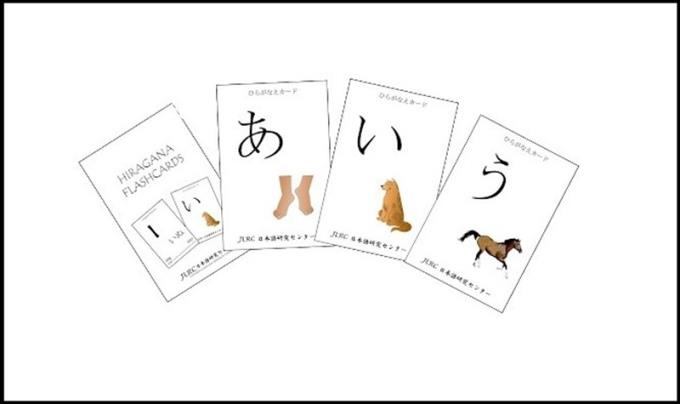
Learning Hiragana, learning through "reading" will be more effective and faster than learning by handwriting two to three times.
The murky sounds are sounds on which there is an "〃" (called tenten) on the right side of the letters KA, SA, TA and HA.
Semi-opaque sounds are sounds where 「○」 is added to the upper right of the letters in the HA row.
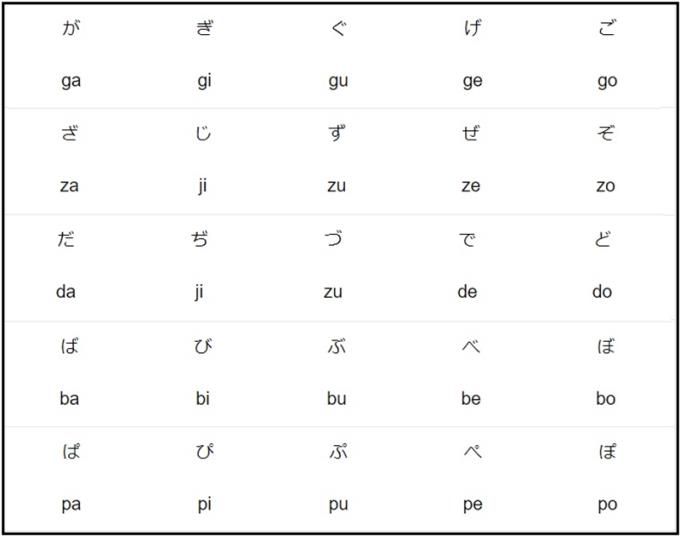
Compound sound consisting of letters in column A (minus い) is accompanied by smaller letters や 、 ゆ 、 よ to create compound sound.
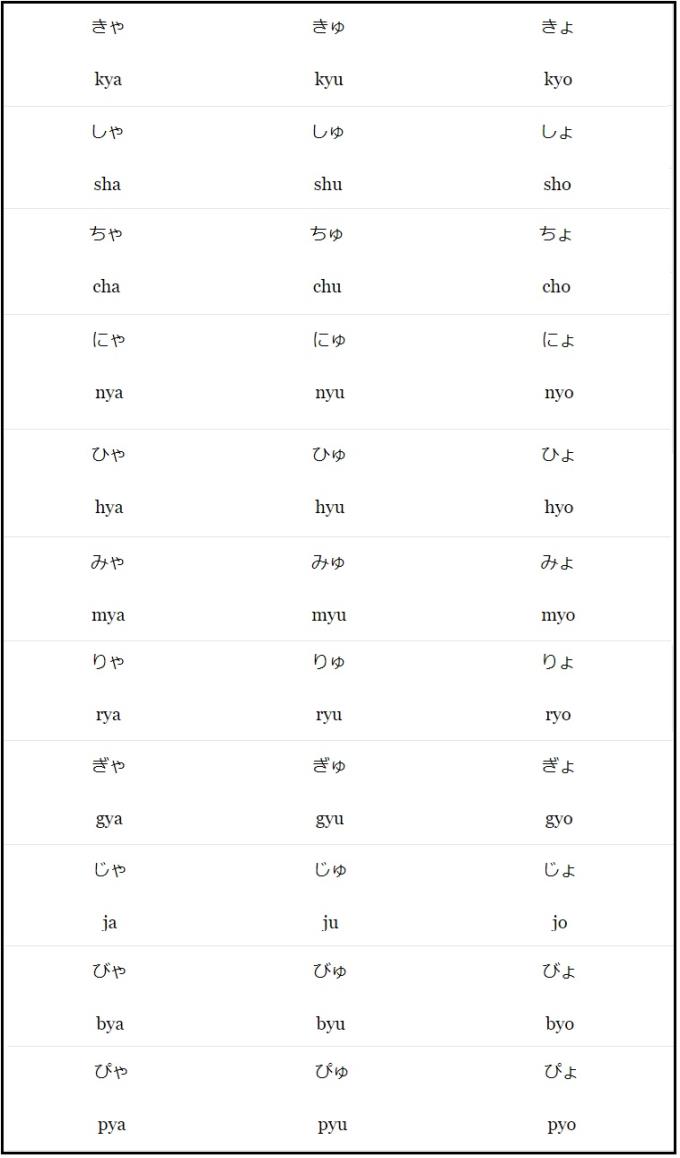
When learning opaque sounds, semi-opaque sounds and compound sounds: The letters ぢ (ji) and づ (zu) have the same pronunciation as じ (ji) and ず (zu), however in Japanese, the vocabulary contains words. This is not much. Mainly used じ (ji) and ず (zu). With the letters し ゃ (sha) 、 し ゅ (shu) 、 し ょ (sho) 、 ち ゃ (cha) 、 ち ゅ (chu) 、 ち ょ (for) 、 じ ゃ (ja) 、 じ ゅ (ju) 、 じ ょ (jo) when playing the sound will have to be turned on slightly.
- Break sound
Break tones are sounds that have a break when pronounced, denoted by the letter 「つ」 reduced to 「っ」. Then, we will double the consonant behind it.
Follow the following examples for easier visualization.
- い っ か い : / ikkai /
- い っ ぷ ん : / ippun /
- い っ し ょ に : / isshoni /
- き っ て : / kitte /
- Sound field
The sound field is the elongated, pronounced vowel, twice as long as the normal [あ] [い] [う] [え] [お] vowels.
The principles of sound field:
- Row A has a sound field of あ. For example: お か あ さ ん.
- Row I has a sound field of い. For example: お じ い さ ん.
- Row U has a negative field of う. For example: ゆ う び ん き ょ く.
- Row E has a negative field of え or い (most of them are い). For example: と け い, お ね え さ ん.
- O row has a negative field of お or う (most of them are う). For example: お お き い, お と う さ ん.
Adding a sound field changes the meaning of the word. Therefore, it is necessary to pay attention to practice correct pronunciation from the beginning to avoid causing misunderstanding and using it wrongly when practicing Japanese communication later. For example: お ば さ ん / obasan /: Your aunt is different from お ば あ さ ん / obaasan /: Grandma.
After we have learned all about the Hiragana alphabet, the last day will be when we have a brief review of what we have learned.
Wish you all learn Japanese well with this beginner's article!
See more:
>>> Top 5 best Japanese learning software for beginners
>>> Instructions to write Japanese on Windows 10
>>> How to install Japanese keyboard on your phone, computer is simple
The feature allows the lock screen wallpaper to change to different effects when you tilt your phone in different directions.
In some special cases you need to save the call recordings.
You can connect your phone to your computer via a USB cable to retrieve and copy data.
A data connection will help you stay connected wherever you are without Wi-Fi.
You can change the default sounds for incoming calls with your own downloaded songs.
Translate words with the S Pen is to use the pen's translation feature to translate the words you want.
Optimize your device by automatically restarting with the set time. Any unsaved data will be lost when the device reboots.
The feature helps you check to be able to download the latest operating system upgrades for your device.
Note on the Note 8's screen off is to use the S Pen to take notes directly on the screen even when the screen is off.
Displaying battery percentage in the status bar makes it easy to control how much battery you are using.
You can change the default sounds when a call comes in with your favorite music.
Connecting your computer to your phone helps you copy data back and forth in the simplest way.
The device displays a data usage warning message with a triangle icon with an exclamation point and cannot use 4G or 3G. What to do next to fix?
OTG connection helps to support connection with peripheral devices such as mouse, USB, keyboard...
Since the Note series, the S Pen has been a handy accessory with many functions indispensable for Samsung users.
Samsung Pay After becoming a popular payment platform in developed countries such as the US, Singapore, and South Korea, Samsung has officially introduced Samsung Pay service to Vietnam market.<!--{cke_protected}% 3Cmeta%20charset%3D%22utf-8%22%20%2F%3E-->
Controlling photography by voice on the Samsung Galaxy Grand Prime is an interesting feature, you will not need to use the key on the device and still take pictures.
Samsung Galaxy J7 screen brightness setting helps you to set the time when the device will automatically turn off when not in use.
You delete photos and videos, but automatically it's all restored back to your phone. What is the cause and how to turn it off?
Recently, many smartphone users, especially Samsung, have a magnifying glass icon on the screen. What is that icon and how to turn it off?
